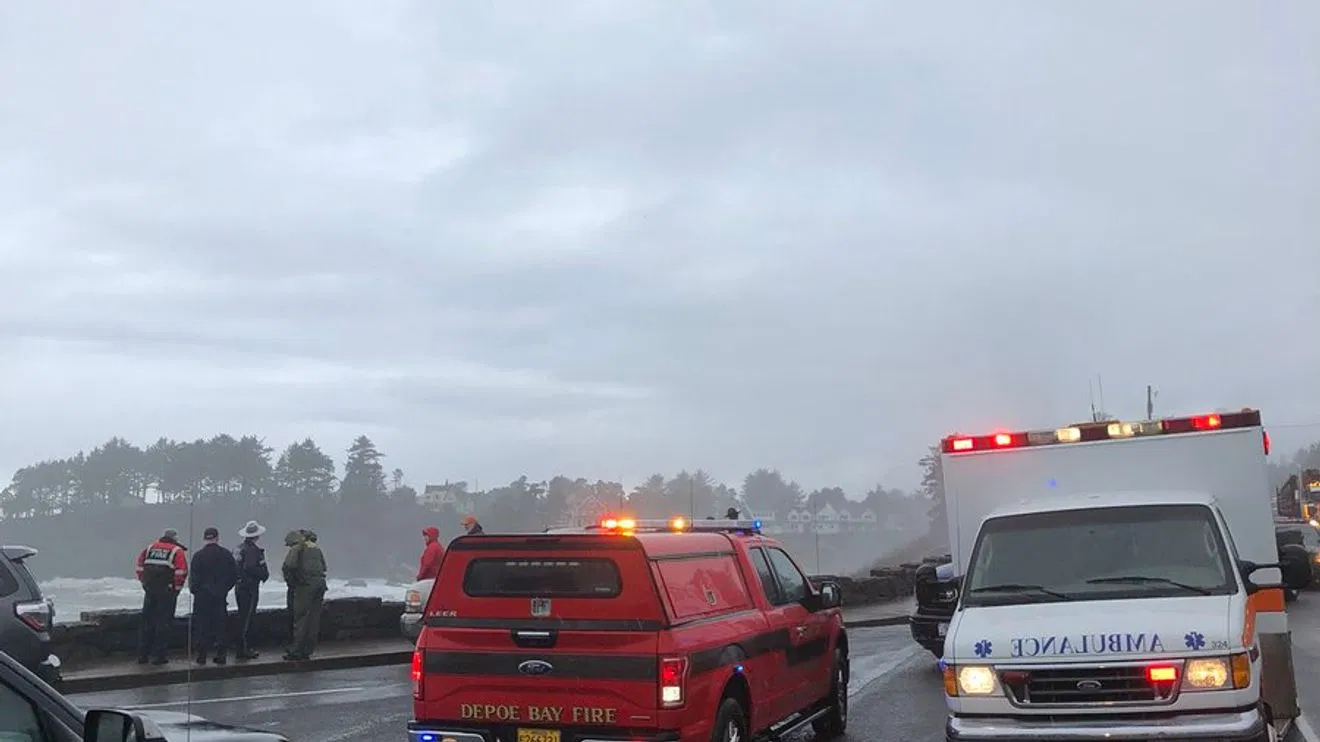Corliss, OSU to commemorate 40th anniversary of hydrothermal vents discovery. Forty years ago, a group of scientists led by Oregon State University oceanographer Jack Corliss discovered a unique colony of sea creatures living in the depths of the eastern Pacific Ocean in an area known as the Galapagos Rift.
There was no obvious source of light or food, yet clams, huge tube worms and other creatures were thriving. Their energy source turned out to be life-giving hydrothermal vents and the discovery revolutionized marine studies.
This March 2-3, Oregon State University will celebrate the discovery with two presentations featuring Corliss, who is traveling from his home in Budapest, Hungary, to participate. The two-day commemorative event, which is free and open to the public, is called “OSU and Hydrothermal Vents: 40th Anniversary of the Discovery that Launched 1,000 Ships.”
“It was one of the biggest, most important discoveries by OSU scientists,” noted Martin Fisk, an OSU oceanographer who is helping coordinate the events. “Jack Corliss was designated by the National Science Foundation, which funded the research, as the leader of the submersible Alvin exploration, which descended into the depths of the Galapagos fracture zone, where the team discovered the vents and this unique biological community.”
Robert Collier, a professor emeritus at OSU, was a participant on that 1977 expedition. “The discovery changed oceanography and spawned new fields of study, in everything from marine biology and chemistry to new approaches on the origin of life,” he said.
On Thursday, March 2, OSU will host three short lectures from 3:30 to 5 p.m. in the Learning Innovation Center, Room 210. They include:
- Corliss and Collier will discuss the history of the discovery and the new fields of study it spawned;
- Bill Chadwick, an OSU researcher at the Hatfield Marine Science Center, will describe new discoveries of hydrothermal vents in the western Pacific Ocean;
- OSU oceanographer Andrew Thurber will explain how life at hydrothermal vents can influence global climate.
On Friday, March 3, Corliss and others from the expedition will hold an open forum on the discovery that will be taped to help create an archive on its history. It will be held in Burt Hall Room 193 from 3:30 to 5 p.m.
Participating will be Lou Gordon, co-principal investigator on the expedition; Mitch Lyle, a graduate student with the late Jack Dymond; Collier, who was a grad student with John Edmond, also a co-principal investigator; and Corliss.
During the 1977 discovery, the expedition scientists dubbed the hydrothermal vent community “The Garden of Eden” and used the mechanical arm of the Alvin to carefully collect samples of worms, mussels, clams and anemones. Some of those samples are still housed today at the Smithsonian Institution.
Information and photos provided by OSU.
